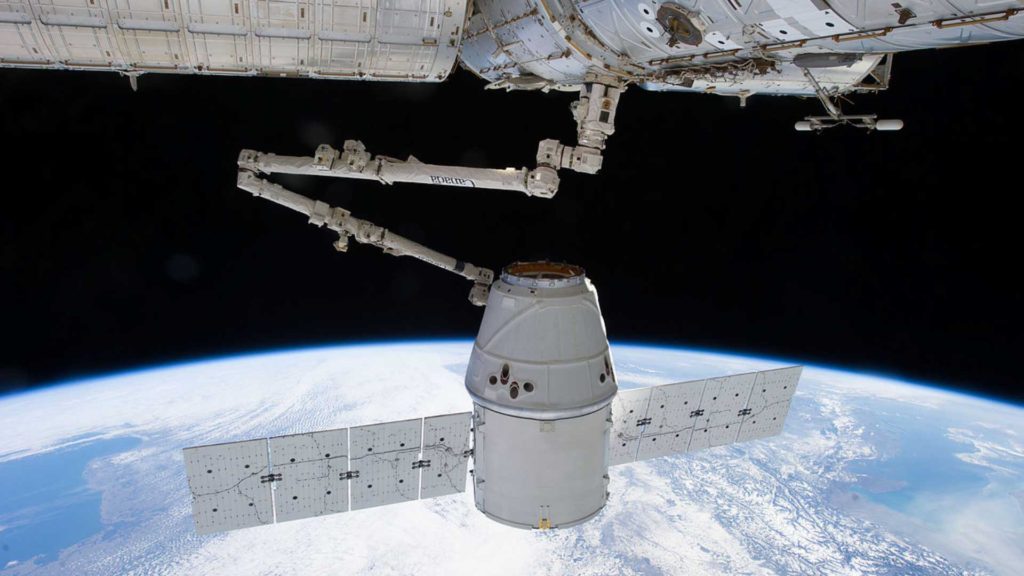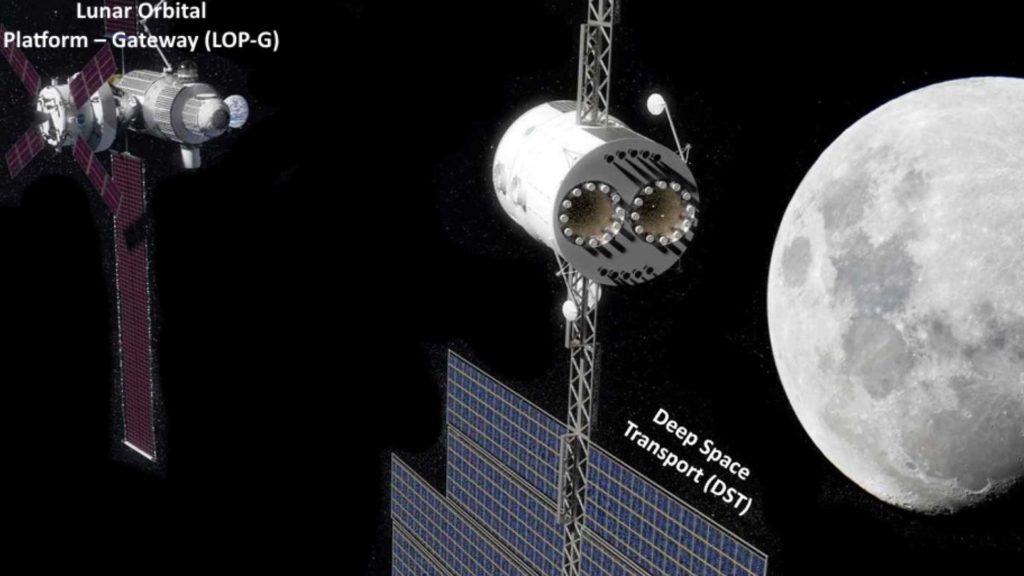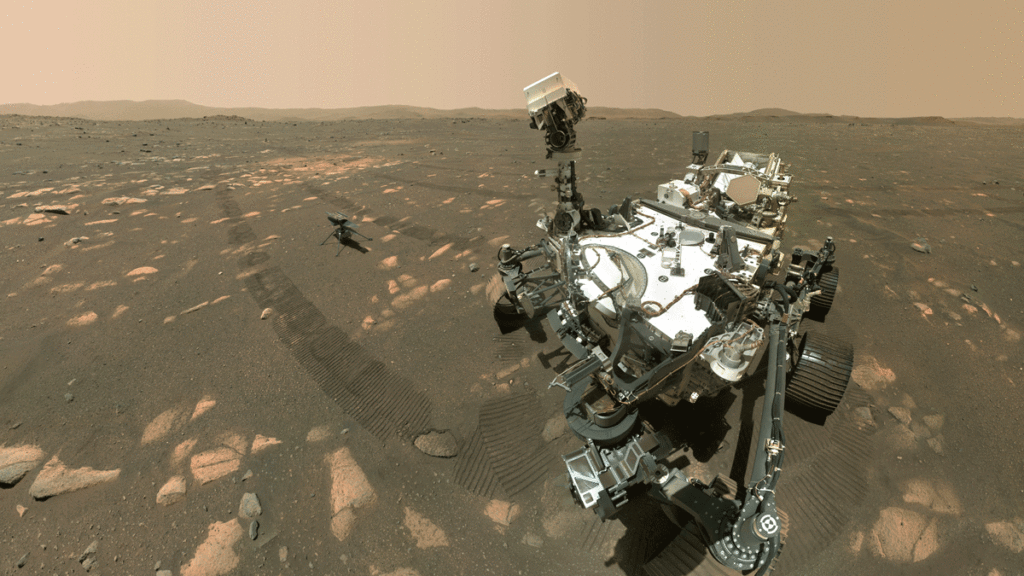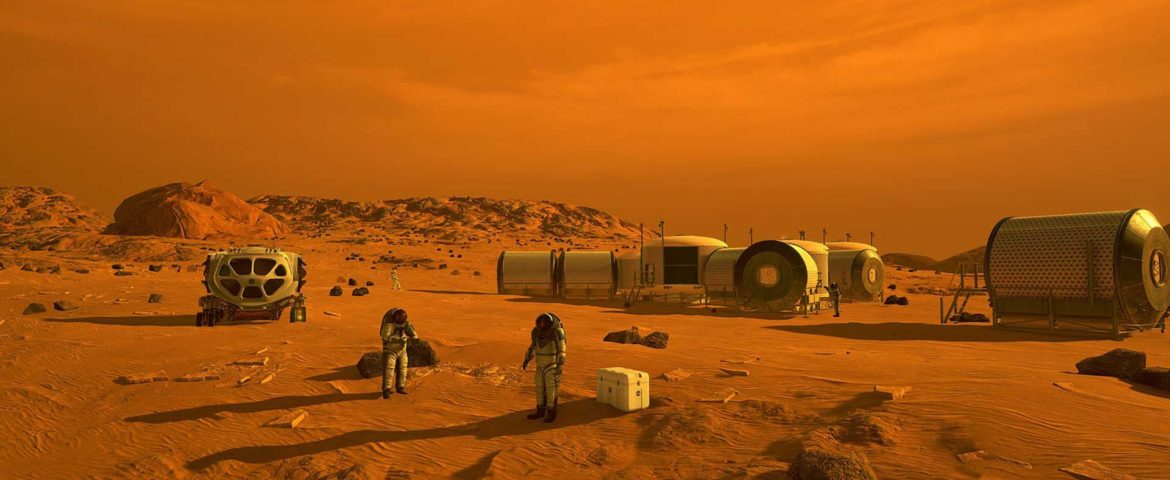With the recent launch of the crewed SpaceX rocket, and the ever-present leaps forward both by private firms like Blue Origin and SpaceX then also NASA, could space exploration develop to the point of needing space supply chains?
The answer is a firm yes if plans to eventually build a moonbase, establish a colony on Mars, or even just continued support of space station are in the cards for the greater space industry.
The requirements for any sort of moon landing or more …. A Mars mission requires the ability to resupply the NASA crews regardless of where they may be.
Commercial Resupply Services
A major undertaking that SpaceX and Orbital Sciences are already performing, is resupply missions for the International Space Station. These are a series of missions dating back to 2012 that was bid to commercial firms.
Initially, SpaceX was one of two firms selected to fly 18 resupply missions over a period of years supporting the ISS. Typically each flight delivers around 8,000 total pouts of cargo for needed crew supplies, research, and anything else needed by the ISS crew. The SpaceX dragon can hold up to 13,000 lbs of cargo either pressurized or unpressured.
Just like shipping containers, the CRS missions also transport material and research back to Earth from the ISS. Often cargo that is headed for inside the actual space station is handled in 60lb capacity bags- known as CTBE. Just like TEU, CTBE comes with an associated price!

The Moon
Multiple firms as well as NASA will be supporting the next phase of the moon mission with SpaceX winning the bid to actually land astronauts on the surface.
NASA’s own SLS system which is built on the remains of the space shuttle program will also be used to support the Artemis missions.
Other aerospace firms such as Lockheed, Boeing, and Northrup are also competing for contracts.
Depending on what is actually built, whether the gateway station and/or an actual moonbase, NASA will work with a commercial partner to refine the processes needed to bring people, material and fuel to the new facilities. Much like more traditional supply chains, these operations will be refined over time as experience is gained with each new mission. Technology will also evolve and adapt to the new mission requirements as well.

How will space supply chains work?
The missions will be broken into multiple phases, with different vehicles and profiles used depending on the cargo, and destination.
Unlike traditional logistics where a truck hauls the load from A to B, space supply chains will be made up of multiple legs of the operation, such as launch to orbit, then the long flight to for example the moon.
While the spacecraft could directly dock with a space station, transporting cargo to the surface of the moon or Mars takes a lot more work and equipment. With special vessels being used to drop into low orbit, then likely a third vessel being used for the actual landing.
Beyond that, if cargo needs to be returned, the lander must have some sort of propulsion that would allow it to return to the orbiting space craft.
There’s also the potential for firms to mine precious metals and materials from asteroids, which would necessitate the evolution of entirely new vehicles and processes to make such an operation feasible.

What about Mars?
The long-term goal by nearly everyone involved in space is to put astronauts on Mars. Mars is a much more difficult challenge, with very specific launch windows and a much longer journey than a moon mission.
Just like the Artemis missions above, cargo and robotic vehicles will have to transported to Mars well before people arrive to build the base necessary for survival.
While SpaceX’s Starship could be an early ship used on a Mars mission, science and technology will be forced to evolve further than current crafts in order to make transportation between Earth and Mars a regular or routine occurrence.
Over time, “Warehouses” could be built on Mars, the Moon or Spacestations that would allow for a robust and cost-effective supply chain for missions beyond Earth’s orbit or the moon. For example, missions headed to Mars might be required to stop and refuel at a space station. The moon gateway station is also planned to be used a fuel depot- for fuel made on the surface of the moon.
When multiple bases, space stations, exploratory missions develop over time, space supply chains will be a major topic. Like fuel depot stations, manufacturing processes would also likely be carried out via stations in orbit or ground stations whether on the moon or even mars.
No doubt over time the costs associated with space travel will decrease as they have with the reusable booster, and more companies, whether industry incumbents or new firms will continue to innovate and develop smarter, more efficient and advanced methods to bring the materials and supplies needed to wherever space exploration might take us.
For Earth Supply Chains….
Zmodal is a top intermodal shipping company providing door-to-door intermodal, and full truckload services nationwide throughout our digital supply chain dashboard which provides easy route searching, booking, document management, and analytics. CONTACT US if you want to lower your supply chain costs or want access to North American intermodal capacity.
Recommended for further reading:



